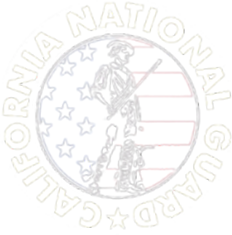In our first article in this series, we offered some insight into the challenges facilities face to maintain uptime. We also provided the logic for ensuring proper implementation and usage of a CMMS as a critical success factor. As part of that discussion, we introduced three defining activities that promote success with such a project:
- Audit your current maintenance practices so you can define three key areas of change.
- Evaluate and address important considerations in advance, so they don’t derail the project.
- Develop an implementation plan.
In this article, we’ll provide an overview of the first two. Subsequent articles will cover the implementation plan itself and offer even more insight on the first two activities.
Audit Your Current Maintenance Practices
Auditing maintenance practices is almost always harder than business leaders expect. It requires you to identify all maintenance activities and routines, even if they are not documented. Here’s our take:
- Gather all available information on the practices, such as worksheets, request forms, etc.
In an organization not following maintenance best practices, written information may exist that isn’t available in a computerized system. If this is the case, you’ll need a process for converting that data into an easily accessible format. Tero has helped several of its clients perform such a conversion, which is well worth the effort. - Identify all maintenance software tools currently in use so you can extract and process the data from them. Frequently, each location stores its data independently and reports it to corporate in different formats. By performing an audit of all maintenance data software tools across the organization, you can extract and aggregate the data for processing. (Pro tip: If you are overwhelmed by the number of disparate tools, it’s time to consider a CMMS that everyone can use.)
- Plan a stakeholder meeting to evaluate all the information gathered and determine whether you have aggregated all necessary input. If not, repeat the process until all identified stakeholders are satisfied.
When planning your implementation, you may need a professional audit of your maintenance practices. You can hire a third party to come in and review, but it’s vital they review your practices in more than one location. If you’re using many disparate systems to track maintenance, your approaches may differ in each. With the information you gather from this effort, you will be prepared to define three key areas of change: Tools, Process and People, which we will discuss in an upcoming article.
Evaluate and Address Important Considerations in Advance
We recommend firms consider three key areas. The outcome of these evaluations, taken as a whole, will give you a more complete picture of what the CMMS project needs to achieve.
- User and management expectations
These can be one of the most difficult areas to address as some people cannot express their expectations effectively and others may find they are evolving over time. Team meetings and focus groups provide a great opportunity to gather information in non-threatening settings. - Business requirements/considerations
This is largely an activity conducted with the C-Suite and upper management. It includes expense and profit objectives, future plans and more. Knowing what corporate leadership wants from a CMMS project, as well considerations such as budget, expansion plans not yet published, and even partner commitments, can help future-proof your implementation plan. - Technology requirements/considerations
Technology may seem arcane to many, but it is crucial to address. What level of sophistication do you want from your CMMS? Do you want support for mobile devices such as smartphones and tablets? How about the ability to interface with and extract data from other systems? Here again, focus groups can help you identify worker and field-level ideas that might not occur to management.
At this point, you should be ready to develop your implementation plan, including results (quality), timeframe and budget. If we have piqued your interest enough that you cannot wait to get started, give us a call or send us an email, and we will ensure you receive notification when the article publishes.
Tero Consulting Ltd. provides Maintenance Management software solutions to reduce maintenance and operating expenses through our proven Web Based CMMS, Azzier. Combined with our 40-plus years of CMMS consulting and implementation experience, we can assist with project planning, no matter how big or small. To learn more about our solutions and consulting services go to https://azzier.com/























































